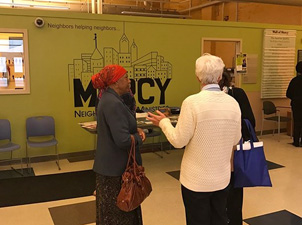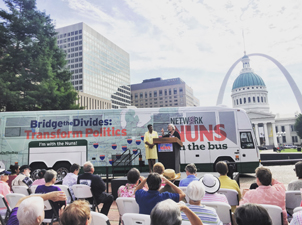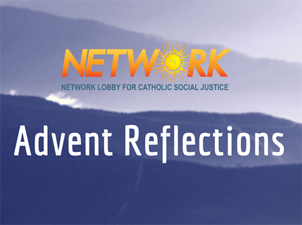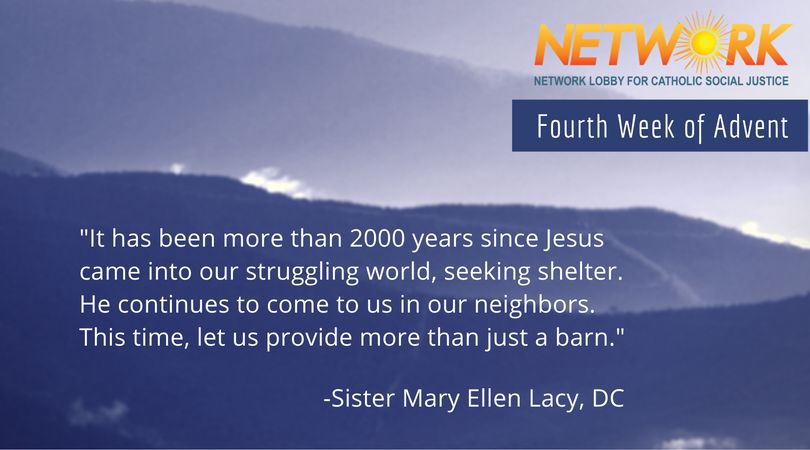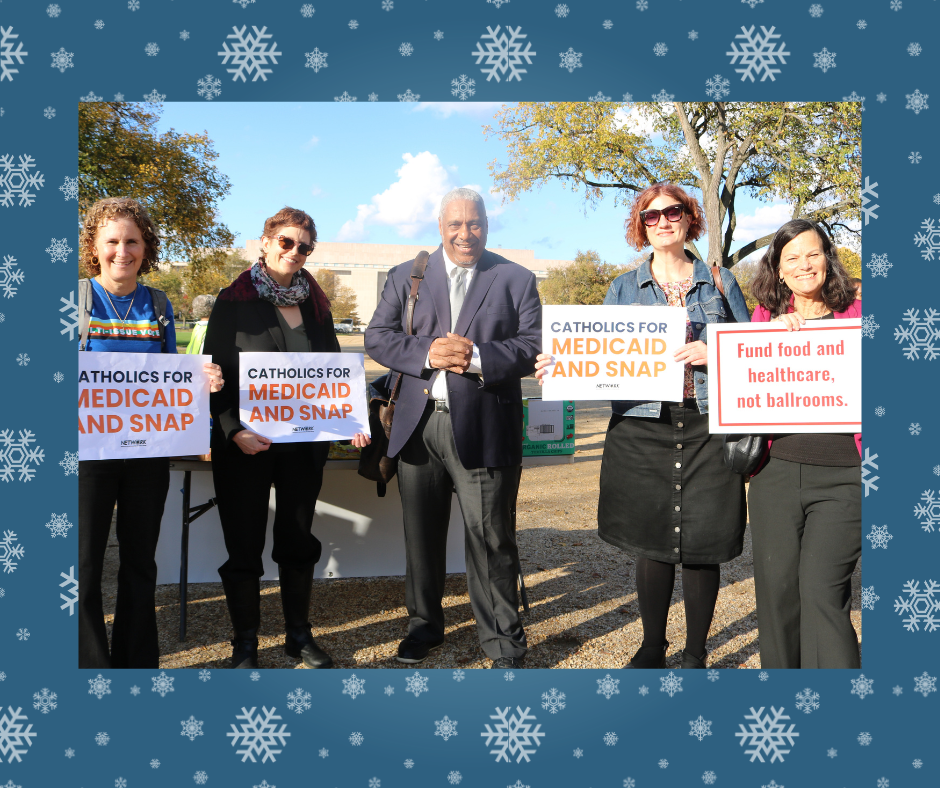
Finding Beauty in Difference
Caitlin Wright
November 3, 2017
Everything is so…white, I couldn’t help but think as I emerged from the 72nd Street Broadway metro station on the Upper West Side. Not only were the people strikingly white, but the buildings, the sidewalks, everything was gleamingly ivory. The streets of Brooklyn that I had grown accustomed to were far away, both in distance and memory, as I converged with the other white women of one of the wealthiest areas of Manhattan. Though I was not sporting Givenchy or Prada, it was odd to think that superficially, I had much more in common with these people than with residents of the other boroughs. Yet I felt the most uncomfortable I had since moving to Bedford-Stuyvescent, a neighborhood of Brooklyn, as a Jesuit Volunteer a month and a half prior. I pounded the pavement — my attempts to look like a native New Yorker typically consist of me walking quickly in a distinct direction — toward the Church of the Blessed Sacrament to see a talk with a Jesuit priest that others and I admire very much: Father James Martin.
In his talk, Father Martin spoke about his most recent publication, Building a Bridge, a monumental piece of literature for the Catholic Church. In Building a Bridge, Father Martin reflects on the essential bond the Church must nurture between members of the Catholic faith and the LGBT community. After the lecture, I could not stop thinking about the discussion surrounding the concept of “the other”. Jesus calls us toward the marginalized, toward the oppressed, and toward those in need. He calls us not toward ignorance, nor denial, nor pity for those who are different, but toward solidarity; toward true empathy that we are unified as children of God. Your neighbor, whoever he/she/they may be, is inextricably bound to you through God’s love. As Father Martin said that night, “There is no ‘other’ for Jesus. There is no ‘us’ and ‘them’. There is only us.”
In no way am I disregarding the essential recognition of those who are different from you or me, but we must see the beauty in these differences rather than allowing them to become divisive. It is far too easy to allow ourselves to see each person superficially, especially in this political climate. Even Jesuit juggernauts like Father Martin are facing massive backlash for efforts toward unification that are manipulated into cruelty and spite. Class consciousness only prevails in the greatest efforts toward understanding, when we ask a question and sincerely listen to the answer without malice. And it is only with this class consciousness that we can achieve a faith that does justice.
I thought about this as I exited the church back into the Upper East Side, questioning the judgements I had held about the diverse neighborhoods of the largest city in the world. On my train back to Brooklyn, I asked myself, had I been too self-righteous in thinking that I already knew it all? Was I inserting myself into a community with preconceived assumptions, allowing existence of the “other” to remain? When I arrived in Bed-Stuy, I promised myself that I would ask more of these questions, and challenge myself to see beyond. I am called to act with justice, not only as a Jesuit Volunteer, but as a child of God, and this call asks me to love and serve by being with others, side by side, in solidarity. Whether I am with my clients, my housemates, my neighbors, the people in my subway car, or even the Upper East Siders, the matter remains: there is no “us” and “them”. There is only us.
Caitlin Wright is a Jesuit Volunteer serving at Catholic Migration Services in Brooklyn. She is originally from Prior Lake, MN and graduated from Creighton University in May of 2017.











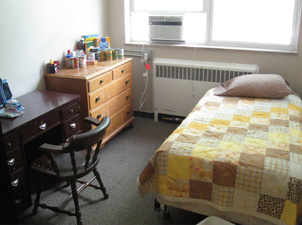

 Serving women has always been central to the Catherine McAuley Center mission. Today, CMC’s Transitional Housing Program provides shelter, food, and hygiene necessities so that women experiencing homelessness have a stable environment while they also receive individualized case management and group learning opportunities to help them overcome the barriers that led to their homelessness in the first place. These barriers to stability—mental illness, substance abuse, lack of access to healthcare, or other past trauma—differ from those experienced by homeless men and therefore require a different solution, an idea not accounted for by the U.S. Department of Housing and Urban Development’s definition of homelessness.
Serving women has always been central to the Catherine McAuley Center mission. Today, CMC’s Transitional Housing Program provides shelter, food, and hygiene necessities so that women experiencing homelessness have a stable environment while they also receive individualized case management and group learning opportunities to help them overcome the barriers that led to their homelessness in the first place. These barriers to stability—mental illness, substance abuse, lack of access to healthcare, or other past trauma—differ from those experienced by homeless men and therefore require a different solution, an idea not accounted for by the U.S. Department of Housing and Urban Development’s definition of homelessness.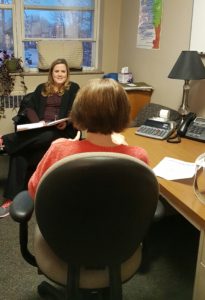 In recent months, a CMC resident named Amy* experienced this hardship firsthand. Wanting to escape the unsafe homes of acquaintances where she had been staying, and lacking resources to manage her diabetes, Amy sought support from the centralized intake center for homeless services but was turned away because of her “near-homeless” classification. One disheartening option would have been to first move to the streets in the middle of a cold Iowa winter, but with her diabetes already taking a toll on her eyesight and mobility, she likely would not have survived a short period of time.
In recent months, a CMC resident named Amy* experienced this hardship firsthand. Wanting to escape the unsafe homes of acquaintances where she had been staying, and lacking resources to manage her diabetes, Amy sought support from the centralized intake center for homeless services but was turned away because of her “near-homeless” classification. One disheartening option would have been to first move to the streets in the middle of a cold Iowa winter, but with her diabetes already taking a toll on her eyesight and mobility, she likely would not have survived a short period of time.



